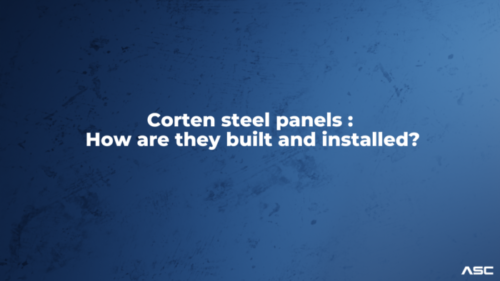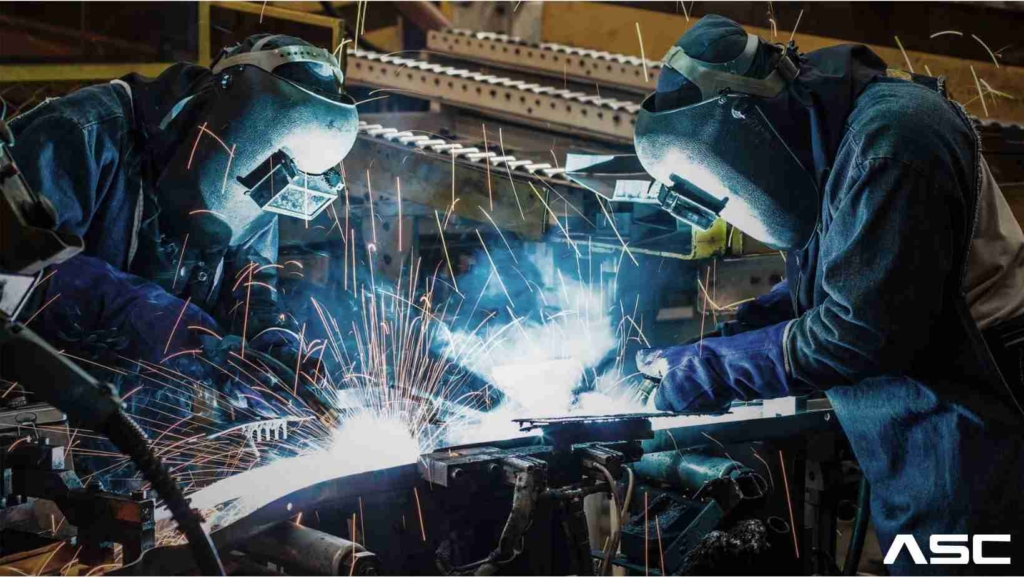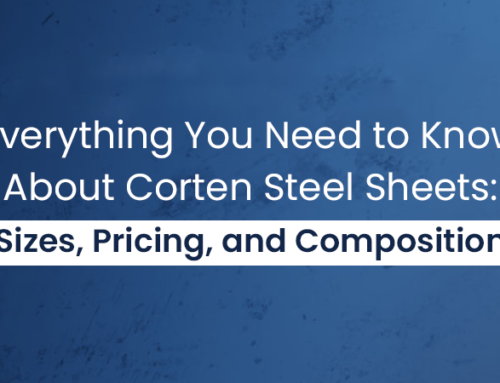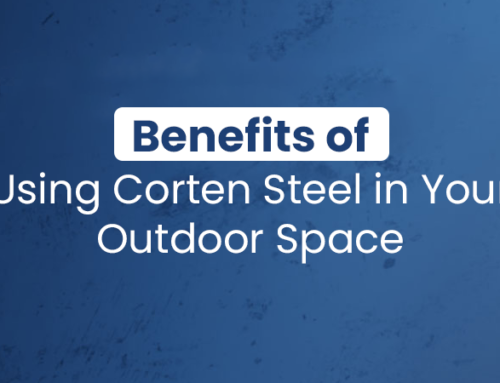How to build and install corten steel panels?

Building and installing corten steel panels is a common practice in architectural projects worldwide, often used for exterior cladding on buildings, bridges, and monuments. While the process isn’t overly complicated, it does require some time and attention to detail.
The first step involves preparing the surface where the panels will be installed, which can be achieved through power washing or sanding with coarse sandpaper. Once the surface is ready, applying an appropriate primer is essential to enhance adhesion and provide corrosion protection. Following the primer, the final coat of paint or sealant is applied to seal the surface.
This ensures the durability and longevity of the panels, especially in outdoor environments. Regular maintenance, including periodic inspection and cleaning, helps to preserve the appearance and functionality of the corten steel panels over time.

This article will guide you through the process, how to install corten steel panels?
Types of corten steel panels
- Flat Panels: These are plain, flat sheets of corten steel that can be used for various applications such as cladding, fencing, and decorative purposes.
- Perforated Panels: These panels have small holes or perforations punched into them, offering a unique aesthetic while still providing structural integrity. They’re often used for architectural features and screening.
- Ribbed Panels: Ribbed corten steel panels feature raised ridges or grooves along their surface, adding texture and visual interest. They’re commonly used for architectural facades and wall cladding.
- Corrugated Panels: These panels have a wavy or corrugated profile, providing strength and rigidity while also creating a visually striking appearance. They’re popular for roofing and siding applications.
- Custom Panels: Custom Corten metal panels can be fabricated to meet specific design requirements, including size, shape, and finish. They offer versatility and flexibility for unique architectural projects.
Corten steel panels: how to build and install them
To build and install Weathering steel panels, whether for siding, landscaping, or privacy screens, follow these general steps:
- Plan and Design: Determine the dimensions, thickness, finish, and any additional features of your Corten steel panels. Consider the intended use and aesthetic requirements. Work with a metal fabricator to cut and shape the panels according to your specifications.
- Preparation: Ensure the panels are prepared for installation by checking for any defects or imperfections. Clean the surface and remove any debris that could affect adhesion or appearance.
- Installation for Building Siding or Cladding: Securely attach the panels to the building structure using mechanical fasteners or other appropriate methods. Follow the manufacturer’s instructions for installation, ensuring the panels are properly aligned and spaced.
- Landscaping or Interior Design: If using Weathering steel panels for landscaping or interior design, ensure they meet the desired aesthetic and functional requirements. Cut and shape the panels accordingly and use suitable fasteners or installation methods for the specific application.
- Privacy Screens or Fencing: Prepare the panels for privacy screens or fencing by determining the dimensions and specifications needed. Cut and form the panels as required, and securely attach them to supports using appropriate posts or support structures.
Advantages of building and installing Corten Weathering steel panels
- Corrosion Resistance: Corten steel is highly resistant to corrosion, making it perfect for outdoor applications. Its natural rusted appearance adds a unique and appealing aesthetic that complements various architectural styles.
- Durability: Corten steel is incredibly durable and can withstand harsh weather conditions like rain, snow, and high winds. This durability makes it an excellent choice for building, landscaping, and fencing projects.
- Low Maintenance: Due to its corrosion resistance, Corten steel panels require minimal maintenance. The rust that forms on the surface actually protects the steel from further corrosion, eliminating the need for painting or sealing.
- Customization: Corten metal panels can be cut and formed into a wide range of shapes and sizes, allowing for high customization in design. This versatility enables the creation of unique and attractive panels for various applications.
- Sustainability: Corten steel is a sustainable building material made from recycled materials and can be recycled at the end of its lifespan. Its long lifespan reduces the need for frequent replacements, minimizing waste.
Disadvantages of building and installing Corten steel panels
- Cost: Corten steel is generally more expensive compared to other building materials like aluminum or galvanized steel, which can pose budget challenges for some projects.
- Availability: Corten steel may not be readily available in all regions, and fabrication and delivery may take longer, causing delays in project timelines.
- Corrosion in Certain Environments: While Corten steel is corrosion-resistant, it can still corrode more quickly in environments with saltwater or chemicals.
- Maintenance: Despite requiring less maintenance than many other materials, Corten steel panels still need periodic upkeep to maintain their appearance and prevent corrosion.
- Weight: Corten steel is heavier than some other materials, which can make handling and installation more challenging, requiring additional equipment or labor.
Despite these disadvantages, proper planning and maintenance can help mitigate many of the challenges associated with building and installing Corten steel panels. Its unique aesthetics and durable properties make it a popular choice for various design and construction projects.
Corten steel panels test certificate
To obtain a test certificate for Corten steel panels and ensure compliance with building codes and standards, follow these steps:
- Identify Applicable Building Codes: Research the building codes and standards relevant to the location and intended use of your Corten steel panels. This may include structural design, fire resistance, wind load, and corrosion resistance standards.
- Select a Testing Laboratory: Choose a testing laboratory accredited to perform the necessary tests and issue certifications. Look for a laboratory with experience in testing Corten steel or similar materials, and ensure they are recognized by relevant authorities.
- Provide Samples and Documentation: Submit samples of your Corten steel panels to the testing laboratory, along with all required documentation and specifications. The laboratory will conduct mechanical, corrosion, and fire resistance tests, among others.
- Complete Testing Process: Allow the laboratory to perform the required tests according to established procedures. Ensure all necessary documentation is provided to facilitate the testing process.
- Obtain Test Certificate: Once all tests are completed and the Corten steel panels meet the required standards, the testing laboratory will issue a test certificate. This certificate confirms compliance with building codes and standards, validating the panels for their intended use.
By obtaining a test certificate for Corten steel panels, you can ensure they meet safety, durability, and performance standards. Working with an experienced testing laboratory ensures accurate testing and timely issuance of certifications, providing confidence in the quality and suitability of the panels for your project.







Leave A Comment